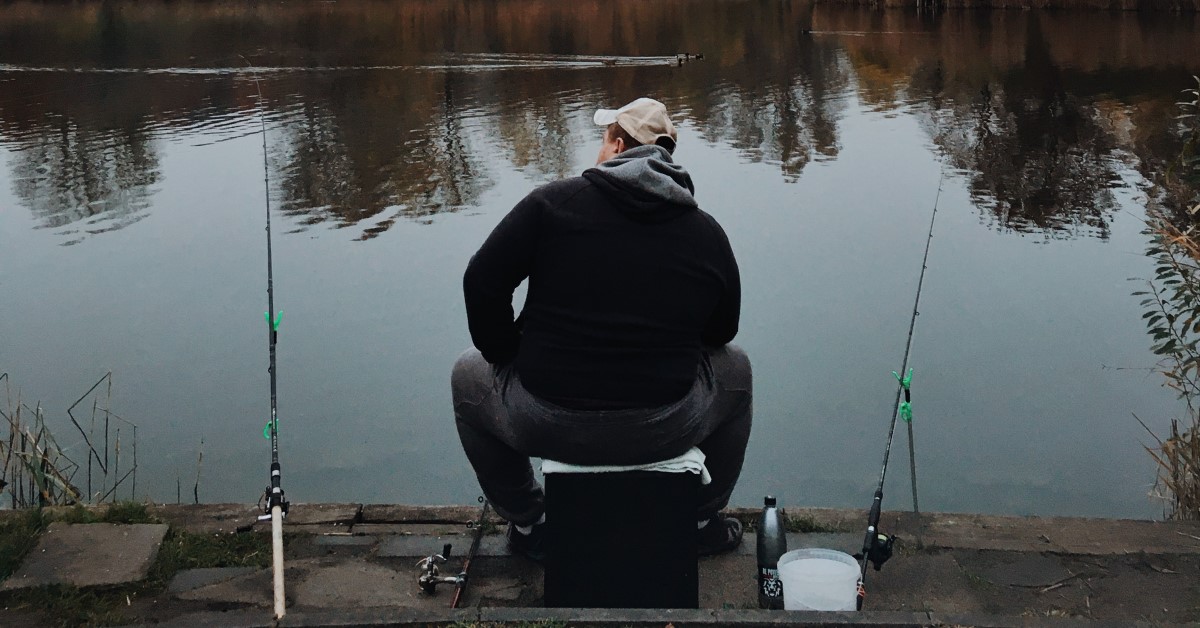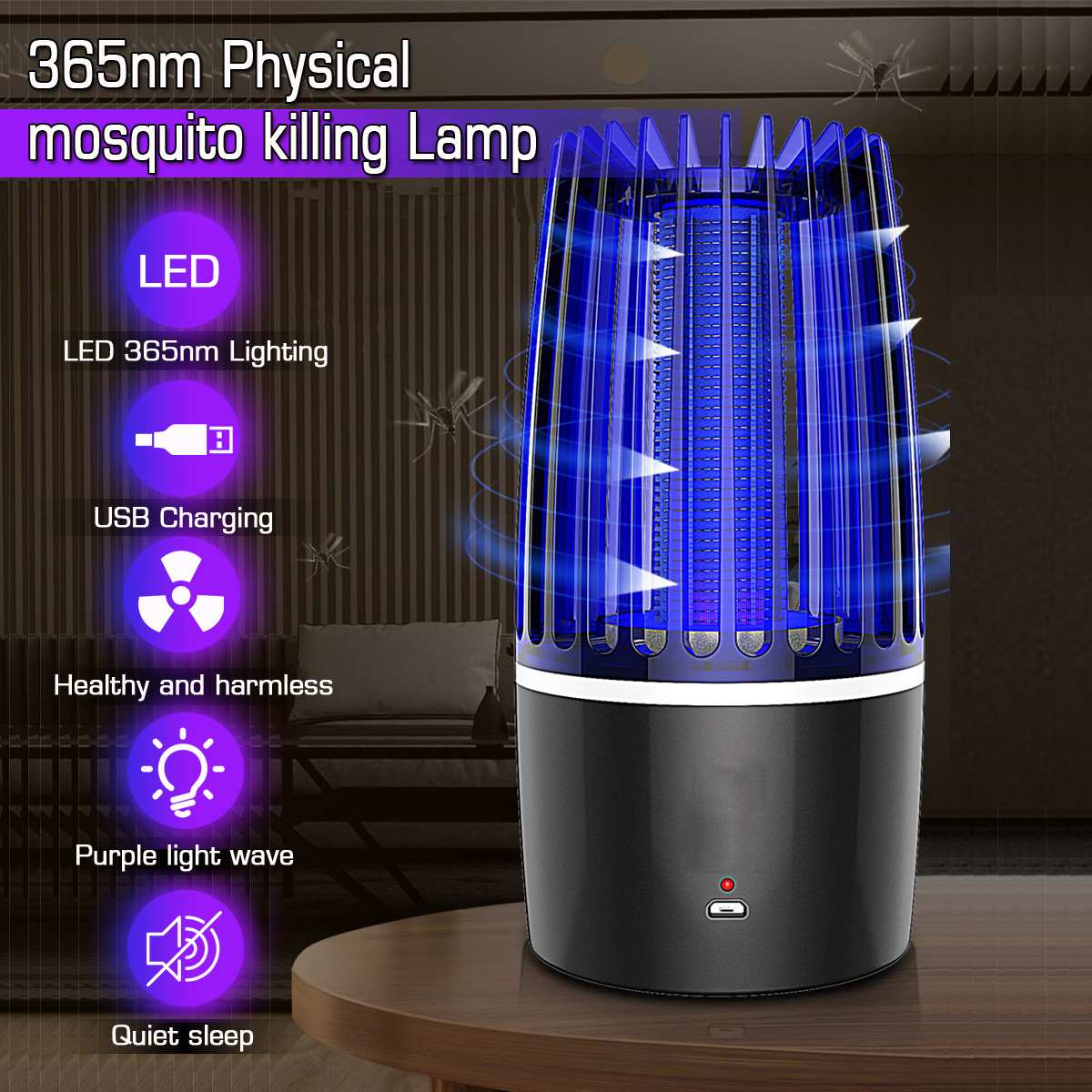This post contains affiliate links and as an Amazon Associate, Alpha and Omega Outdoors may earn from qualifying purchases.
If you’ve spent any amount of time fishing for trout, you’ve surely learned this one, incontrovertible fact: when trout decide they only want to eat a certain thing, there’s no changing their minds. I learned this fact the hard way.
A few years back, I found myself with a few unexpected free hours on a Wednesday afternoon. Knowing that my spinning rod and tackle were already in the back of the car, I made my way to a favorite section of a local river, and decided to give it a shot. I’d had great luck here on previous outings, loading up on fat brown trout and rainbows using Mepps spinners and Rooster Tails. Why would today be any different?
Well, some days the trout gods smile on you, and some days they don’t. For whatever reason, the trout had no interest in any lure I could manage to throw that day. To add insult to injury, a fly fisherman a couple hundred yards upstream on the opposite bank was crushing them.
I’ve used an old backpack in place of a tackle box for years, and on that day—like most days—I had every fly I own right there at my fingertips. But armed with only a spinning rod, I had no way to get a fly out to prime trout water. Or did I?
Learning to Fish a Fly on a Spinning Rod
I made a vow that day to never leave home without my fly rod again. But more importantly, after I arrived home with nothing to show for my day on the water but a bruised ego, I started to wonder if there might be a way to effectively fish a fly on a spinning rod.
The simple answer is: yes, there is. It may not be as easy or as efficient—there’s just no way a spinning rod can take the place of a good fly rod—but there’s a shortcut to fly-fishing with a spinning rod that might just save your day if you find yourself in a situation like the one I just described.
Trout Fishing Spinning Rod Setup
The problem with fishing a fly on a spinning rod, of course, is weight. Your average trout fly is tiny, and weighs next-to-nothing. It takes a long, limber fly rod to cast a fly any distance. And of course, fly line itself is thick and heavy, giving you some extra heft to get your dainty offering out to where the fish are.
Spinning rods tend to be comparably shorter, stiffer, and simply aren’t up to the task of casting something as miniscule as a trout fly. To put the odds in your favor, it’s best to use a long, ultralight spinning combo with a thin, flexible rod tip. This is a setup favored by a lot of crappie and panfish anglers, and it handles small offerings reasonably well.
Line choice is a matter of personal preference, but I like braided line because it’s stronger and heavier than monofilament of comparable thickness. Try 10 lb braided line with a clear fluorocarbon leader.
Bubble Float Fishing
One of the most effective ways to fish a fly on a spinning rod for trout is to employ a bubble float. Also known as a casting bubble, a bubble float is essentially a clear plastic bobber. By adding it to your line above the fly, you can give yourself some extra heft. This makes it possible to cast much longer distances.
Because bubble floats are made of clear plastic, they aren’t easily seen by fish. Even so, to make your fly appear natural, it’s best to affix your float as far from the fly on your line as possible. Around 3 to 5 feet is typically about right; any farther than that, and casting becomes unmanageably awkward.
Fly-fishing with a bubble float is a tactic that has become quite popular on some Western trout streams. It’s a great option for fishing with dry flies, because fish are unlikely to spot a clear float. Even though it’s relatively close to the fly on the surface.
Fish A Fly On A Spinning Rod With Strike Indicators
Using a strike indicator when fly-fishing with nymphs (sometimes called “indicator nymphing”) is another tactic that has caught on much more in the West than in the East. Maybe Western fly fishermen are just more enlightened. In any case, this technique works almost as well with a spinning combo as it does with a fly rod.
It’s similar in practice to bubble float fishing, but the key difference is that you’re using your float not only to add weight, but also to alert you when you have a bite. Hence, the name—strike indicator.
Fly-fishing with a strike indicator works like a charm when trout are feeding below the surface, and wet flies like nymphs or scuds get called into action. For best results, attach a small split-shot to your line between the fly and the float. This will keep the fly near bottom, and help the float ride straight up-and-down, so you can see it better.
The trick is to balance the size of your float with the amount of weight you’re using. E-Z Trout Floats are excellent strike indicators for nymph fishing. Some of the smaller bobbers made by Thill, such as the Shy Bite and Mini Stealth, are also perfect for this purpose.
Flies To Try On A Spinning Rod
You have a lot of options to fish a fly on a spinning rod, and most classic wet and dry flies can work. That being said, you don’t need to hit the river with every fly in your arsenal. A modest selection will have you covered.
Wooly Buggers are some of the best flies for fly-fishing with a spinning rod, because they can imitate almost anything. Prince Nymphs and Pheasant Tails are a couple of good nymphs to try with a strike indicator. Finally dry flies like Humpies and Elk Hair Caddis work well with a bubble float.
Photo by Lauren Forando on Unsplash





